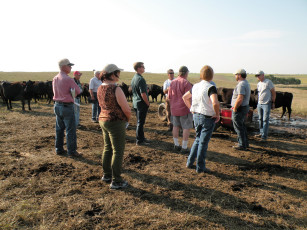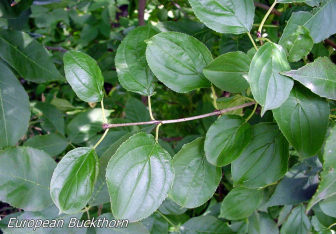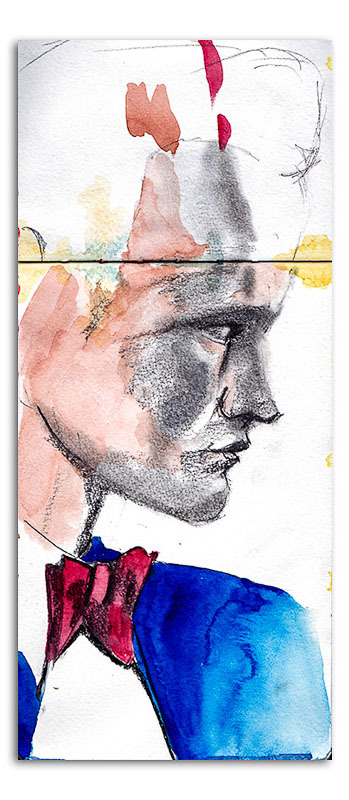 During my first full year in extension, I spent a lot of time at field days. There’s a constant debate among folks that organize field days about the recipe for a successful event. Timing matters. So does location. Advertising and promotional efforts make a difference. And of course food—everyone knows that free food fills seats. But I learned at a field day last August that goats also turn out a crowd.
During my first full year in extension, I spent a lot of time at field days. There’s a constant debate among folks that organize field days about the recipe for a successful event. Timing matters. So does location. Advertising and promotional efforts make a difference. And of course food—everyone knows that free food fills seats. But I learned at a field day last August that goats also turn out a crowd.
 The Clear Lake Watershed Project is working with the Iowa Department of Natural Resources at McIntosh Woods State Park on the north shore of the lake to improve runoff from the park into the project’s namesake. Exotic invasive woody shrubs like European buckthorn have changed the structure of the forest vegetation in the park in a way that negatively impacts everything from wildlife to water quality. A wide variety of methods are being employed throughout the state to fight these invasions, including the one on display that day in Clear Lake: goat grazing.
The Clear Lake Watershed Project is working with the Iowa Department of Natural Resources at McIntosh Woods State Park on the north shore of the lake to improve runoff from the park into the project’s namesake. Exotic invasive woody shrubs like European buckthorn have changed the structure of the forest vegetation in the park in a way that negatively impacts everything from wildlife to water quality. A wide variety of methods are being employed throughout the state to fight these invasions, including the one on display that day in Clear Lake: goat grazing.

As I drove to the field day to provide remarks about the threat invasive species pose for forest health and wildlife habitat, I was admittedly skeptical about the prospects for turnout at a field day that seemed to have a rather narrow focus. My skepticism was unfounded. Over 50 people from all different walks of life showed up that evening to learn about the watershed project, the challenges facing the lake and its surrounding forests, and, the star of the show, the goats. There were farmers, business people from the city, community leaders, retirees, kids, and forest landowners, all at the table together talking and learning about conservation.
Moving goats in McIntosh State Park. Credit: The CLEAR Project
That evening, we just had fun with the group, watching the goats and talking about the project and what it hopes to accomplish. As I drove back that night and in the time since the event, I’ve thought a lot more about how unique the night was. The diversity in the crowd. The number of topics we covered. The interest and engagement in the project from across a wide berth of the community the Clear Project seeks to engage. It seems the novelty of the topic appealed across this wide cross section of people, piqued an interest and led to conversations and learning in a way that felt different from many other field days I’ve attended.
A video from the perspective of a grazing goat in McIntosh Woods State Park in 2016
Now, I should say, the other ingredients at the field day were just right too: great weather, solid planning and advertisement, and of course, that all-important ingredient for a successful field day, food. On the menu that night: baked beans, fruit, and goat burgers. The latter was a surprise to attendees and drove home a key lesson. That is, we’re all in this together, working within the agricultural system to bring positive changes to the landscape while growing food and ensuring healthy soil, farms, habitat, and water for the future.
–Adam Janke
Adam Janke is an Iowa Learning Farms team member, Assistant Professor in Natural Resources Ecology and Management and Extension Wildlife Program Specialist at Iowa State University.
Rate this:Share this:




